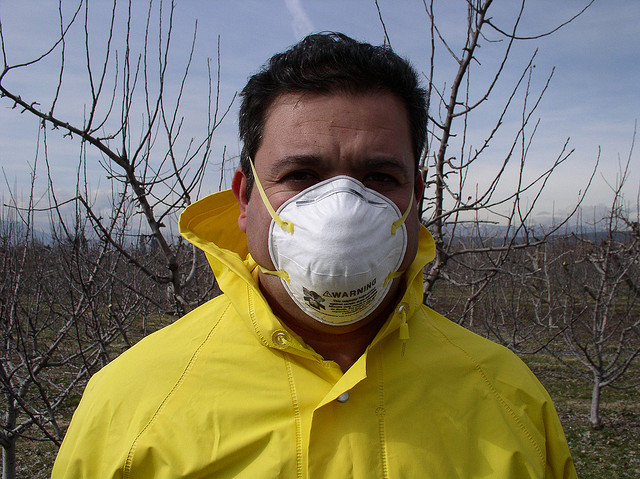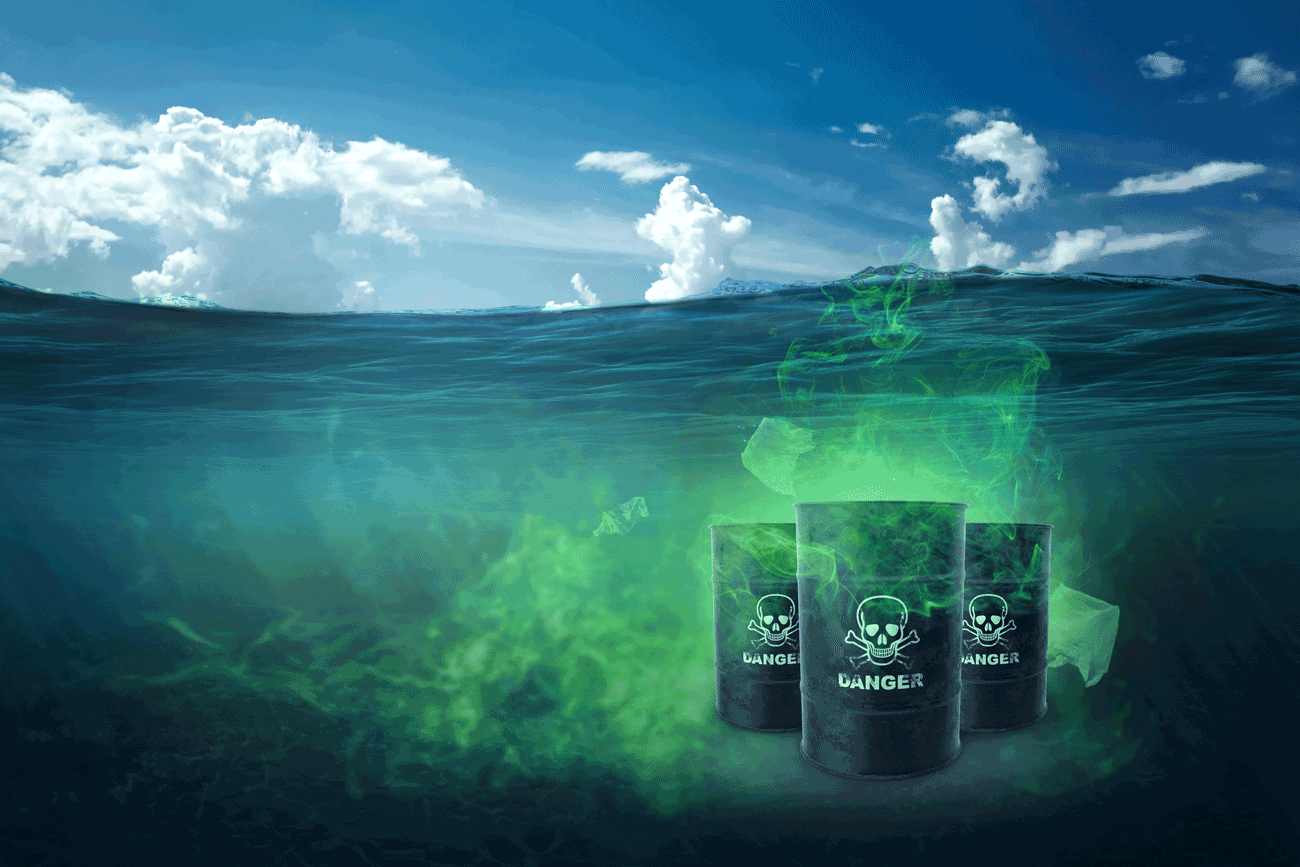On March 28, 2024, the Environmental Protection Agency (EPA) published phase-out schedules leading to a ban on the remaining permissible uses of chrysotile no later than December 31, 2037. EPA applies expanded authority provided as part of amendments adopted to the Toxic Substances Control Act (TSCA) in 2016; EPA first attempted to ban asbestos products in 1989 but was partially blocked by litigation. These rules finalize a proposal from April 2022 (which I wrote about HERE). The remainder of this note discusses the rule, and the history of this round of rulemakings since 2016.
Audit, Compliance and Risk Blog
EPA announces final phase-outs of commerce in remaining asbestos-containing products
Posted by Jon Elliott on Mon, May 20, 2024
Tags: Environmental, EPA, tsca, Toxic, Toxics Release, asbestos
On March 1, 2024, the Environmental Protection Agency (EPA) revised Accidental Release Prevention (ARP) program rules under the Clean Air Act (CAA). ARP was authorized by the 1990 Clean Air Act (CAA) Amendments, and is often known by its core requirement that targeted facilities prepare Risk Management Programs (RMPs) to prevent and respond to potential catastrophic releases of chemicals. The adoption finalizes an agency proposal from 2022 (it also recounts a long series of proposal dating back to 2014; I wrote about it HERE), in which the Biden-era EPA proposed to many of the narrowing amendments to RMP/ARP enacted in 2019 during the Trump Administration (I wrote about the 2019 changes HERE).
The rest of this note summarizes the new revisions, noting their differences from current rules.
Read MoreTags: Health & Safety, EPA, CAA, chemical safety, Air Toxics, Clean Air Act, Toxics Release
EPA expands Toxics Release Inventory chemical list, and proposes lower reporting thresholds for PFAS chemicals
Posted by Jon Elliott on Mon, Jan 09, 2023
The US Environmental Protection Agency (EPA) has taken two actions to expand chemical release reporting under its Toxic Release Inventory (TRI) program. EPA administers TRI as one of the distinct programs created by the Emergency Planning and Community Right-To-Know Act of 1986 (EPCRA, also referred to as SARA Title III). EPA has finalized its previously-proposed addition of 12 chemicals, and separately has proposed to tighten existing requirements for two more. (I’ve discussed TRI several times, including HERE. The rest of this note discusses these changes.
Tags: EPA, chemical safety, Toxic, Toxics Release
EPA proposes Re-Re-Revisions to Accidental Release Prevention Rules
Posted by Jon Elliott on Mon, Sep 12, 2022
No, the title is not a stutter; I’ve written it that way to emphasize that the new Environmental Protection Agency (EPA) proposal to revise its Accidental Release Prevention (ARP) program rules under the Clean Air Act (CAA) represents only the latest step in nearly-decade-long changes to these requirements across the last three Presidential administrations. ARP was enacted after the 1990 Clean Air Act (CAA) Amendments, and its often known by its core requirement that targeted facilities prepare Risk Management Programs (RMPs) to prevent and respond to potential catastrophic releases of chemicals.
Read MoreTags: EPA, chemical safety, Environment, Toxics Release
In 1976, an important motivation for enactment of the Toxic Substances Control Act (TSCA) was to empower the Environmental Protection Agency (EPA) to control polychlorinated biphenyls (PCBs), which had been developed as superlative insulation fluids but had come to be recognized as persistent toxic contaminants that bioaccumulate in the environment. TSCA banned the manufacturing, processing and distribution of new PCBs effective January 1, 1978, except in a “totally enclosed manner” or with an express exemption from EPA (including a finding that the exempt activity does not pose an “unreasonable risk of injury to health or the environment”). Even enclosed activities were banned beginning in 1979, unless with an express exemption from EPA. Additional provisions apply to non-banned activities, and to the cleanup and disposal of PCB-containing wastes. PCBs remain in use in enclosed/exempt locations throughout the country, and new contamination is identified from new leaks and legacy sites.
Read MoreTags: EPA, tsca, CWA, Environment, Toxic, Toxics Release, PCBs
EPA marks the 35th anniversary of Toxics Release Inventory and proposes to list additional chemicals
Posted by Jon Elliott on Mon, Nov 01, 2021
October 17 was the 35th anniversary of the enactment of the Emergency Planning and Community Right-To-Know Act of 1986 (EPCRA, also referred to as SARA Title III). EPCRA presents several separate programs, including release prevention and reporting for a fairly short list of extremely hazardous substances (which I discussed HERE), inventory reporting for most hazardous materials (which I discussed HERE), and filing of annual toxic chemical release inventory reports with the Environmental Protection Agency (EPA) and the state, on one of two forms (Form R or Form A) – usually called the Toxics Release Inventory (TRI) program (which I’ve discussed several times, including HERE).
EPA is celebrating the TRI program anniversary on its website. Meanwhile, the agency has also proposed to add an additional dozen chemicals to the TRI reporting list. The reminder of this note summarizes these activities.
Read MoreTags: EPA, Environment, Toxic, Toxics Release, TRI






